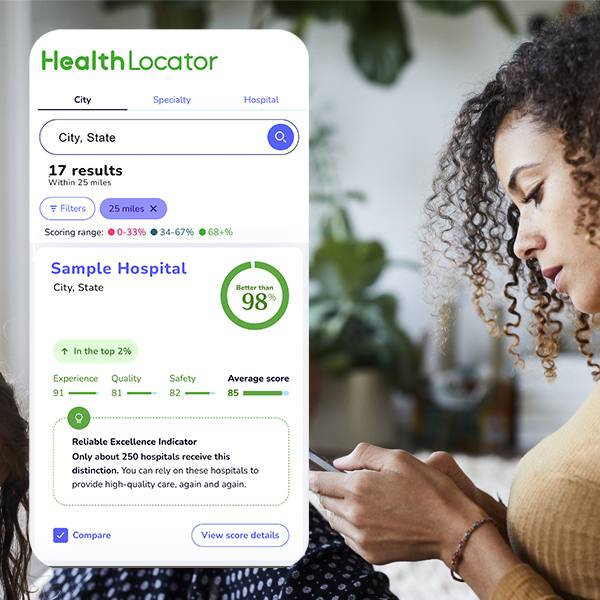-
Mayo Clinic Q and A: Understanding secondary headache disorder
 DEAR MAYO CLINIC: How can you tell when a headache requires additional diagnostic testing?
DEAR MAYO CLINIC: How can you tell when a headache requires additional diagnostic testing?
ANSWER: Headaches come with a wide range of accompanying symptoms and severity. Most often, they are due to a primary headache disorder, such as a tension-type headache or migraine. In older adults, most headaches are still primary in nature.
However, older adults are more likely than their younger counterparts to experience a secondary headache disorder. A secondary headache is when the headache pain is a symptom of an underlying problem or condition. An “ice cream headache” is an example of a secondary headache that isn’t a worrisome cause. However, some secondary headaches may be warning signs of something more serious, such as an aneurysm or tumor.
Certain “red flag” characteristics are more worrisome and should be discussed with your health care provider. Represented by the acronym “SNOOP4,” these headache characteristics are:
- Systemic symptoms
Headaches are accompanied by fever, chills, night sweats or unintentional weight loss. - Neurologic symptoms
Headaches are accompanied by signs and symptoms, such as weakness, numbness, trouble walking, confusion, seizures, or difficulty staying alert or maintaining consciousness. - Onset
They begin suddenly or abruptly, such as a severe headache that peaks within one to two minutes (also known as a “thunderclap headache”). - Older age
They begin to occur or progress after age 50. - Pattern change
There are changes in frequency, severity or character that differ from previously experienced headaches. For example, if you normally have mild visual symptoms with your headaches, a dramatic increase in visual symptoms may be concerning. - Progressive
The attacks worsen over time. - Precipitated by exertion
Headaches occurs with a cough, sexual activity, bowel movements, bearing down or other activity. - Positional worsening
They change in severity, depending on whether you’re upright or lying down.
Talk to your health care provider if you’re having new headaches or headaches that seem out of the ordinary for you. If a severe headache comes on suddenly, seek emergency medical attention. (adapted from Mayo Clinic Health Letter) — Dr. Amaal Starling, Neurology, Mayo Clinic, Phoenix, Arizona
****************************
Related Articles
- A link between migraines and gastrointestinal problems? published 12/6/18
- Mayo Clinic Q and A: Oxygen treatment can relieve cluster headaches published 9/11/18
- Home Remedies: Relief from tension-type headaches published 8/22/18
- Housecall: Headaches and stress published 8/6/18
- Mayo Clinic Minute: Weathering migraines published 7/30/18
- FDA-approved drug to prevent migraine shows promise after Mayo Clinic-involved study published 5/22/18
- Mayo Clinic Minute: Aspirin for heart health not headaches published 5/17/18
- Women’s Wellness: What women need to know about migraines published 5/16/18
- Mayo Clinic Minute: New device can prevent migraine attacks published 3/29/18
- Housecall: What causes an ice cream headache? published 6/12/17







